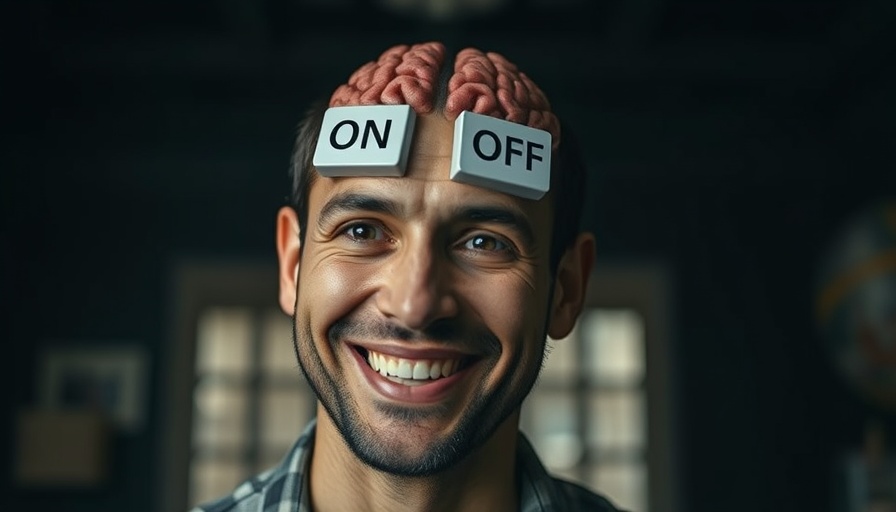
Understanding OCD: Shedding Light on Obsessions and Compulsions
Living with Obsessive-Compulsive Disorder (OCD) can feel like being trapped in a dark tunnel, but as the saying goes, "the way out is through." When navigating through the complexities of OCD, knowing exactly what you’re dealing with is critical. The first step is awareness, and this begins with tracking your OCD symptoms. Consider it as turning on the lights in a dark room. For example, write down any obsession that pops up—like a worry about hurting someone you love. Note what this thought means to you and what compulsions you typically resort to, such as avoiding sharp objects. By documenting these instances, you’re providing clarity to what may feel overwhelming.
In 'Steps to turn off OCD', the discussion dives into practical strategies to manage OCD symptoms, exploring key insights that sparked deeper analysis on our end.
Mapping Your OCD Journey: The Benefits of Self-Monitoring
By tracking your OCD symptoms, you're essentially creating a roadmap of your experiences. This allows you to identify patterns in your obsessions and compulsions. Perhaps you notice that your symptoms worsen when you're stressed or tired. You might discover that certain locations or times trigger your anxiety, such as being alone in a quiet room at night. With this data, you can create a more informed approach to treatment.
A helpful tool in this self-monitoring process is the "15-minute rule." When an obsessive thought strikes, instead of reacting immediately, set a timer for 15 minutes. Use this time to observe your thoughts, without judgment. This practice allows you to step outside of your immediate reaction and treat the intrusive thought for what it is: simply a thought.
Confronting Fears: Your Exposure Plan
One of the most effective treatments for OCD is Exposure and Response Prevention (ERP). This involves creating an exposure plan where you confront your fears. Start by listing out your fears and then rank them from least to most distressing. Perhaps you begin by touching a doorknob without washing your hands immediately.
As you tackle these fears, remember that consistency is key. Small daily exposures can lead to monumental changes over time. It’s akin to training a muscle; the more you practice, the stronger you become. The goal here isn’t to eliminate anxiety entirely but to retrain your mind to respond in a healthier way.
Why Self-Care Matters on Your OCD Journey
The path to overcome OCD is personal and varies for everyone. It's important to nurture self-care routines that support your mental health while embarking on this journey. Engage in mindfulness practices, relaxation techniques, and find coping mechanisms to manage anxiety symptoms. Whether it's practicing deep breathing exercises or setting aside time for enjoyable activities, integrating self-care into your schedule can significantly enhance your recovery experience.
Consider also seeking support through therapy or support groups. Sharing your experiences with others who understand can ease feelings of isolation and provide valuable perspectives.
Stepping Out of Your Comfort Zone: Behavioral Activation
Another strategy is known as behavioral activation, which involves shaking up your daily routine to combat the negative patterns that exacerbate OCD. This could mean trying a new hobby, volunteering, or engaging with friends more actively. The purpose of this is twofold: it diversifies your experiences, making you feel more connected, and it provides purpose in daily tasks—creating meaningful moments instead of adhering to compulsive behaviors.
Through each small step, you foster the courage to face your fears and live a richer, more fulfilling life.
Your Journey Begins Now: Take Action!
Remember, the action often precedes motivation. Don’t wait for the right moment to begin. Start tracking your symptoms today and consider enlisting the help of a mental health professional for guidance. Recovery requires dedication, but the rewards of understanding and managing your OCD are well worth the effort.
 Add Row
Add Row  Add
Add 




Write A Comment